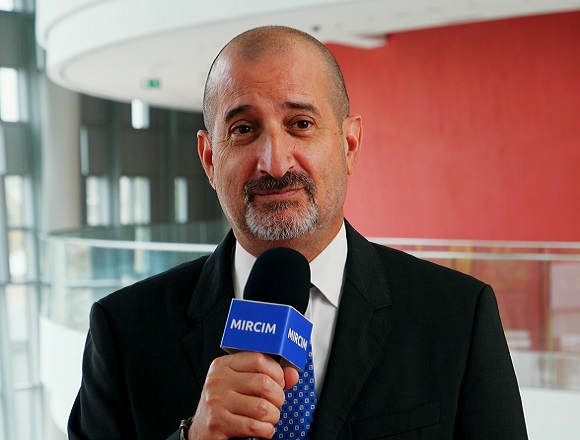Ian Gralnek, MD, MSHS, is a professor of medicine at the Rappaport Faculty of Medicine, Technion-Israel Institute of Technology, Afula, Israel.
How to remove colonic polyps? How to choose the optimal polypectomy technique?
So, [in terms of] colonic polyps, today—really in 2022—we have moved to [removing] most of our polyps—sessile polyps (the flat polyps)—with cold snare. We now know that cold snare is safe. It’s actually safer than using a hot snare. So for polyps anywhere from 3 mm up to even 15 mm, maybe even up a little bit higher than that, we will take those polyps out using a dedicated cold snare, which is a very thin wire that allows us to very accurately cut the polyp out. We take a little rim of normal tissue around to make sure that we don’t leave any residual polyp behind.
Now, for polyps that are not flat, so they’re pedunculated polyps on a stalk, we still use a hot snare because there are blood vessels within that pedicle and we don’t want them to bleed. We actually are able to coagulate the blood vessels when we cut the polyp out.
But today, the [main] technique that we use, at least for smaller polyps, is cold snare. For larger polyps—the definition of large polyps is ≥20 mm—you’re getting into specialized polypectomy techniques, such as endoscopic mucosal resection or endoscopic submucosal dissection, which are really for specialists such as myself, who are able to do those types of procedures. They’re generally not done in the community. Those patients need to be referred to specialized tertiary care gastroenterology centers for those procedures.
But what is the advantage is that we are now sending much fewer patients to go for surgery, as we can take these polyps out endoscopically.
In terms of the use of cold forceps today, first of all, we don’t use hot forceps anymore, it is against guidelines, because hot forceps actually can cause adverse events such as perforation. But cold forceps are currently recommended only if the polyp is <3 mm in size, so it needs to be small. The reason that we limit it now to very small polyps is because you can leave residual polyps behind. So yes, for 1 mm, 2 mm, maybe 3 mm, we still use cold biopsy forceps.
 English
English
 Español
Español
 українська
українська






